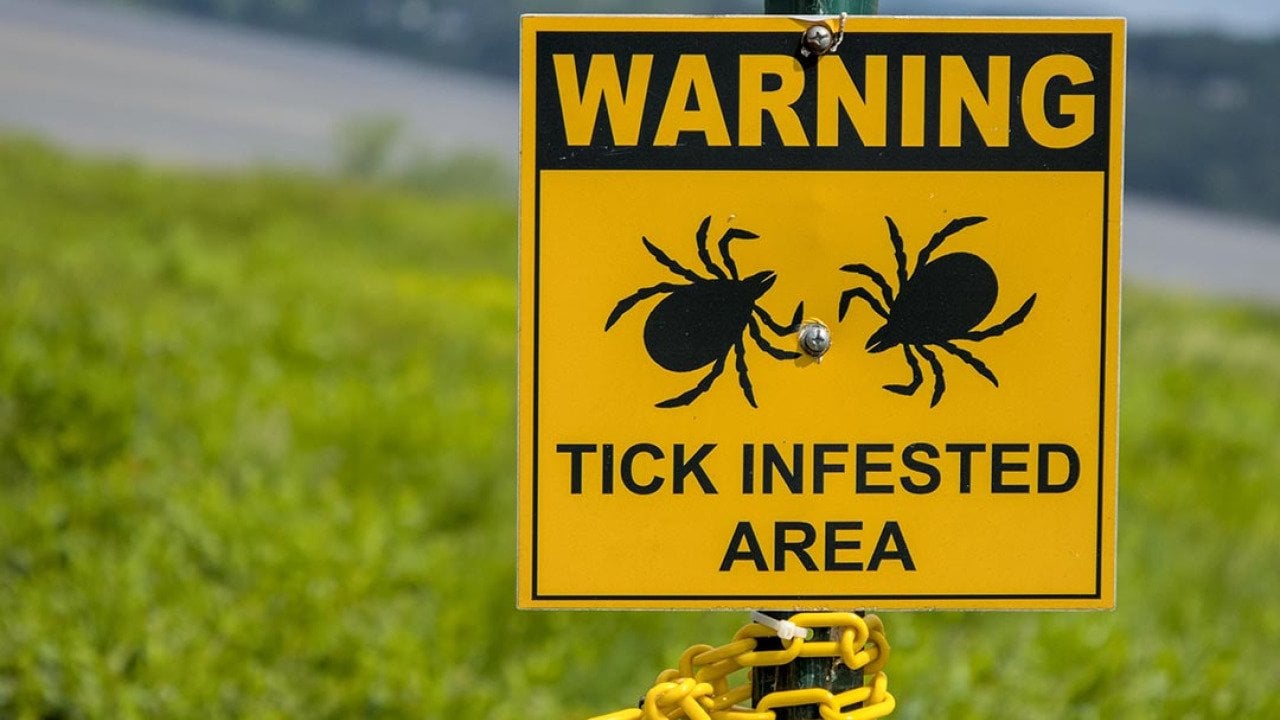Beyond Lyme disease: Understanding tick-related diseases aids prevention

yuriyt // Shutterstock
Beyond Lyme disease: Understanding tick-related diseases aids prevention
Though Lyme disease receives the most attention, there are numerous tick-borne illnesses that pose significant health risks. In fact, the United States is home to approximately 20, some of which can be fatal, unlike Lyme disease.
The Centers for Disease Control and Prevention has addressed this information disparity by offering online tutorials for physicians and lay materials. Yet the number of patients with tick-borne illnesses that have been delayed in diagnosis continues to climb, in part because of the focus on Lyme.
Vaccines are not yet an option, and even if they become available, they won’t offer complete protection. The rest is up to us. Northwell Health shares how to manage tick bites quickly and carefully, what signs of infection to look for, and how to minimize and prevent exposure before spending time outdoors.
How to prevent tick-borne infections
Remove ticks immediately. If a tick is discovered, removing it quickly and correctly is crucial. While some ticks need to be attached to a host for 24 or 36 hours, some varieties—such as the Blacklegged, or deer tick, that transmit the bacteria that cause Lyme disease, and the brain-infecting Powassan virus—can transmit disease in as little as 15 minutes. Using clean, fine-tipped tweezers, grasp the tick as close to the skin as possible and pull it straight up with steady pressure.
Don’t toss ticks. Do not flush or discard a tick. Instead, place it in a resealable bag and bring it to your doctor for identification. Identifying the tick species and its engorgement status can help detect early disease and prevent unnecessary treatment if the tick is low risk.
Know the signs. Different symptoms are associated with different tick-borne infections. Some of the more prevalent conditions in the United States include the following.
- Anaplasmosis and ehrlichiosis manifest with fever, headache, muscle pain, and rash and can lead to serious complications if untreated.
- Babesiosis often results in flulike symptoms such as chills, sweating, fatigue, and can be severe in individuals with compromised immune systems.
- Lyme disease symptoms include round rashes, fever, headache, facial weakness, neck stiffness, fainting, and joint swelling.
- Tick-borne relapsing fever is characterized by recurring episodes of fever, headache, muscle and joint pain, and nausea.
- Rocky Mountain spotted fever presents with fever, headache, a spotted rash, and abdominal pain, and can be fatal if not treated early.
- Powassan encephalitis can affect the brain.
Spending time outdoors does come with tick-related risks, but they can be mitigated through practical preventive measures.
Cover, spray, and check. Wear protective clothing such as light-colored, long-sleeved shirts, and tuck pants into socks to minimize tick access. Apply EPA-registered insect repellents like DEET with higher percentage formulations to exposed skin, and permethrin to clothing and gear—taking care to keep the latter away from cats. Stick to the center of cleared, well-maintained paths instead of venturing into brush and tall grass, and avoid sitting directly on common tick habitats such as the ground or stone walls.
It also helps to develop a thorough tick-check routine for both humans and pets after outdoor activities. Examine areas where ticks commonly attach—such as the groin, underarms, and along the hairline. Pets can carry ticks indoors, so regular checks, especially around ears and paws, are essential.
While tick-borne diseases pose risks, understanding the variety and symptoms can help prevent and allow for a better response to tick exposure and bites. People can more safely enjoy outdoor activities when they remain informed, take precautions, and routinely conduct tick checks.
Sunil Sood, MD is the interim director of infectious diseases at Northwell Health’s Cohen Children’s Medical Center and professor at the Zucker School of Medicine-Hofstra University.
This story was produced by Northwell Health and reviewed and distributed by Stacker.
![]()



